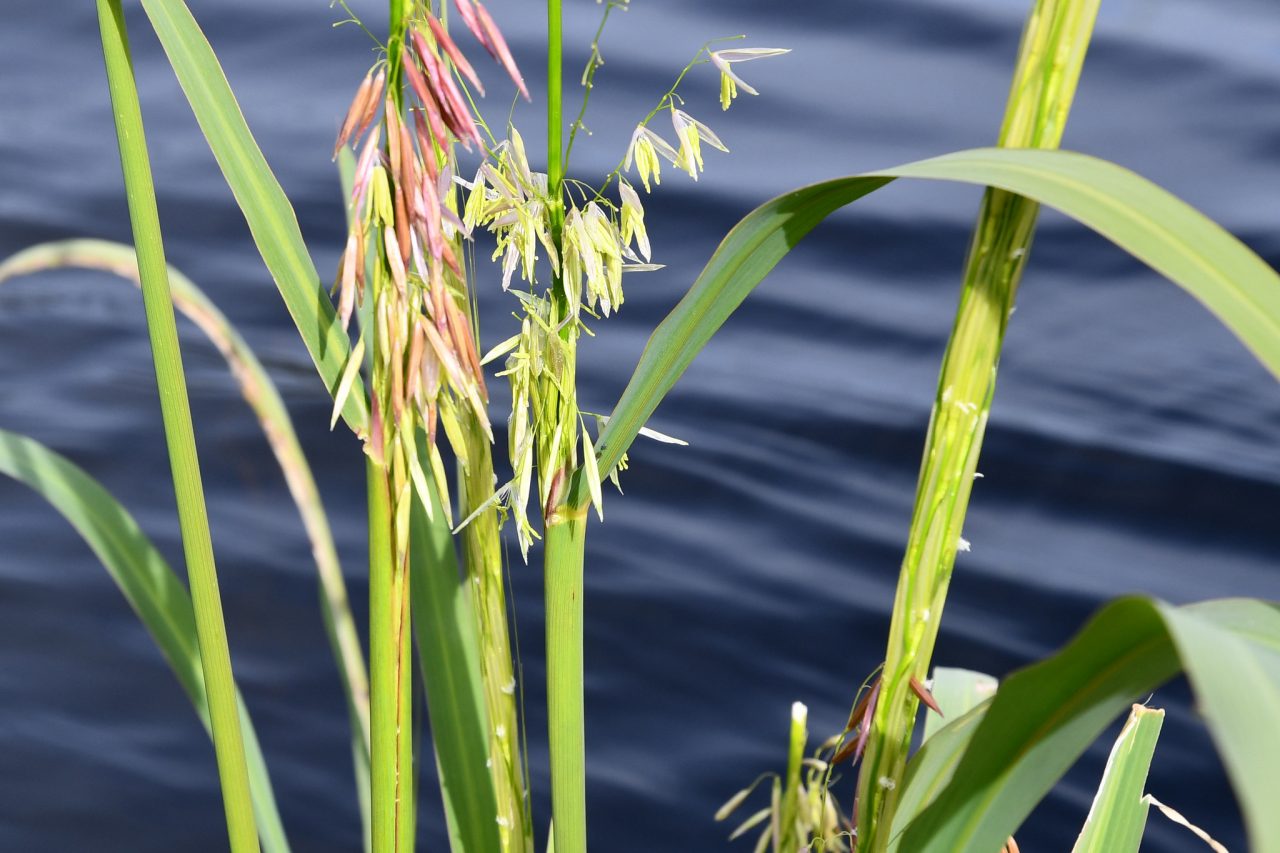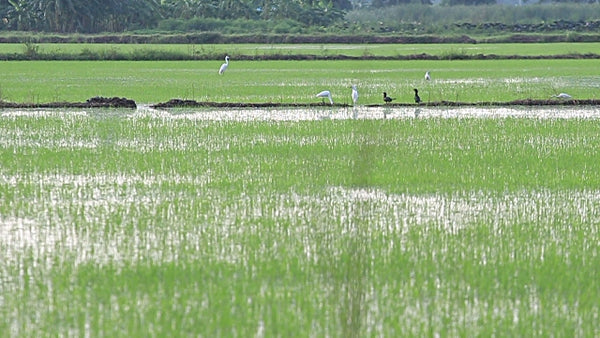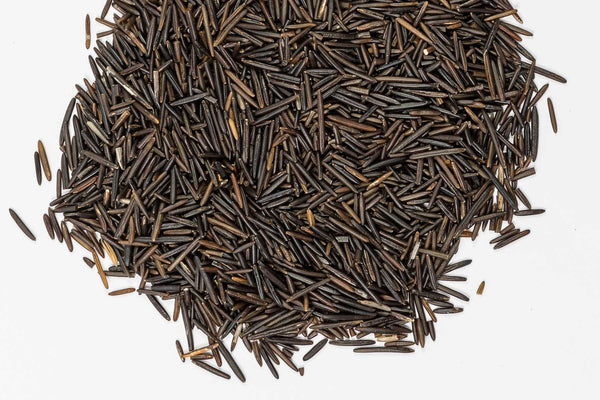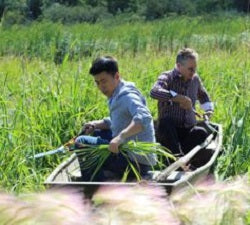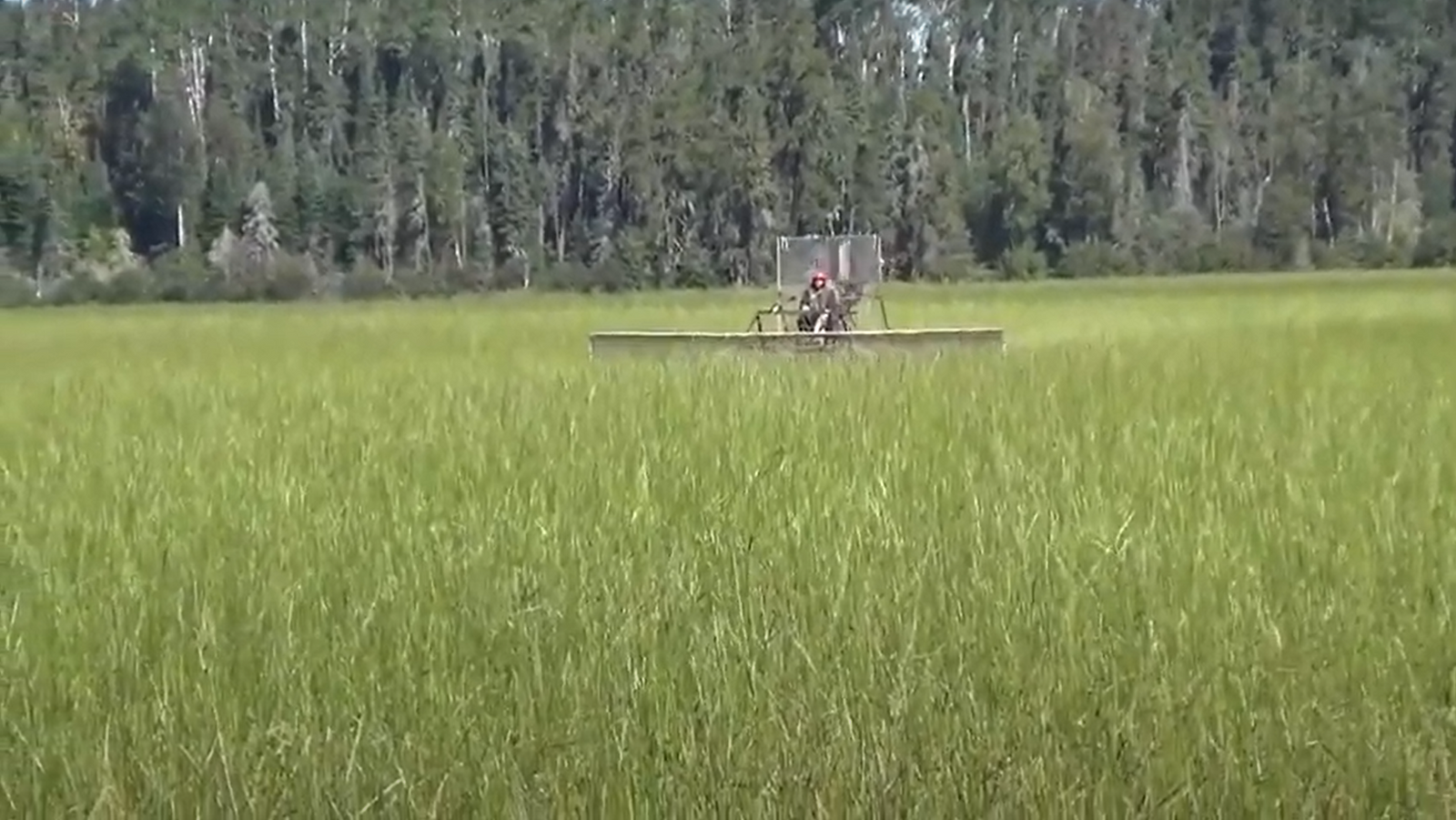How is Wild Rice Grown and Harvested?
Have you wondered how and where wild rice is grown? At Floating Leaf, we get our organic wild rice from Canada, USA and Thailand farmers. Our relationship with the people who grow and harvest the wild rice is important to us, to ensure that it is fair trade, and high quality.
The below information shows you the process of our wild rice, from seed to grain.

